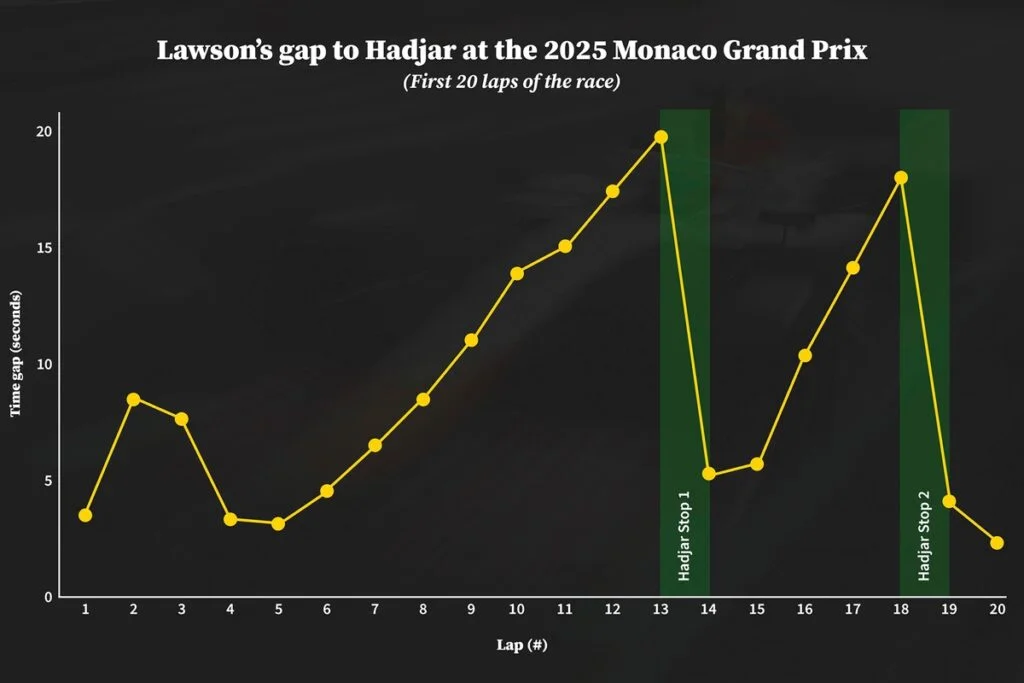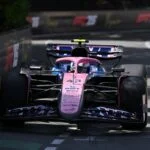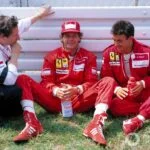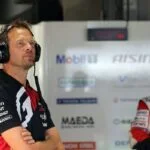Unraveling the Intricacies of Two-Stop Tyre Strategies in Monaco GP
The 2021 Monaco Grand Prix was not just about speed and skill, but also about strategy, particularly the execution of a second pit stop for tyres. With no safety car intervention to complicate matters, teams had to be clever to gain an edge. Unfortunately, this tactical dance among midfielders resulted in extended hold-up play, disappointing many who anticipated a thrilling race at Monaco.
Racing Bulls’ Innovative Strategy and Its Ripple Effect
Racing Bulls took the initiative, using Liam Lawson to create a significant gap for Isack Hadjar. The idea was to allow Hadjar enough space to complete both of his required stops without losing much ground. It was a risky move, as Lawson found himself in a precarious position during his own stops. However, this daring strategy was soon adopted by other teams, and Williams‘ own gap-stretching efforts eventually paid off for Lawson.
From the get-go, Lawson was intent on expanding the gap, losing over eight seconds to Hadjar by the second lap due to a combination of slow driving during an early virtual safety car period and Ferrari‘s Lewis Hamilton’s similar strategy. After the VSC, Hamilton no longer needed to maintain the pace, but Lawson continued his pursuit to widen the field.
The Graphical Representation of Strategy
The graph below illustrates the growing gap between Hadjar and Lawson. With a 19-second pitstop window anticipated, Racing Bulls managed to create more room for Hadjar when he made his opening stop; the gap at the end of the 13th lap surpassed that delta. Once Hadjar stopped at the end of lap 14, he had ample time in hand over his team-mate.
After his first stop, Lawson deliberately slowed down by over four seconds per lap to provide his less experienced team-mate with another pit window. Hadjar took advantage of this on lap 19, completing both required stops at about quarter-distance.
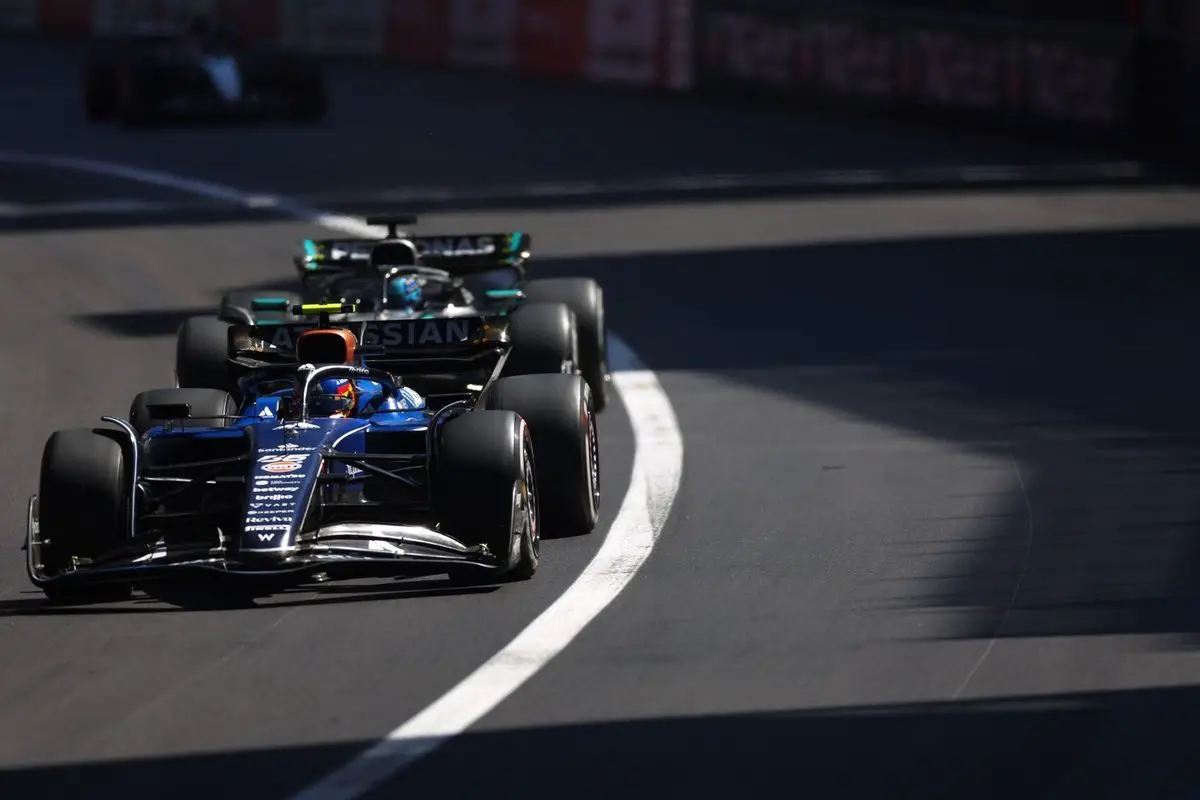
The Tightrope Walk of Strategy Execution
For a while, it seemed Lawson was in trouble. By lap 20, he was just over a second clear of Alex Albon, with the entire chasing pack closely following. However, the yet-to-stop Williams pair of Albon and Carlos Sainz weren’t planning to pit and fall back, nor were the two Mercedes drivers.
Racing Bulls had essentially goaded the cars behind into attempting the same strategy. By lap 24, Williams decided to use Carlos Sainz to create a gap for Albon to pit into, maintaining the pack for the next seven laps to give his team-mate space. Lawson seized this opportunity and, by the end of lap 30, was two seconds ahead of Albon, making his first stop.
Knowing Sainz would face the same challenge he had in the opening 20 laps, Lawson remained patient and made his second tyre change – at the same time as Albon – on lap 40. These tactics had far-reaching consequences; Sainz and Albon swapped places to ensure Sainz could also complete his two stops, with Mercedes using Andrea Kimi Antonelli for a similar purpose for George Russell.
The Consequences of Strategy Play
Albon’s efforts to create space for Sainz almost backfired when Russell skipped the Nouvelle Chicane to pass the Anglo-Thai driver, assuming the penalty was worth the cost of being held up. However, Sainz’s fears of missing out on the top 10 were allayed when Russell received a drive-through penalty for his rule breach.
Although the hold-up play had minimal impact on the leaders, it nonetheless shaped the race and the added pitstop ruling. If F1 is to reintroduce this rule in 2026, it may need to devise a method to counter such tactics…

